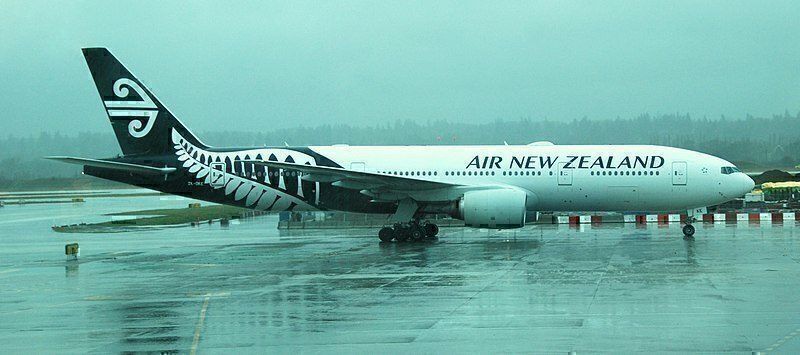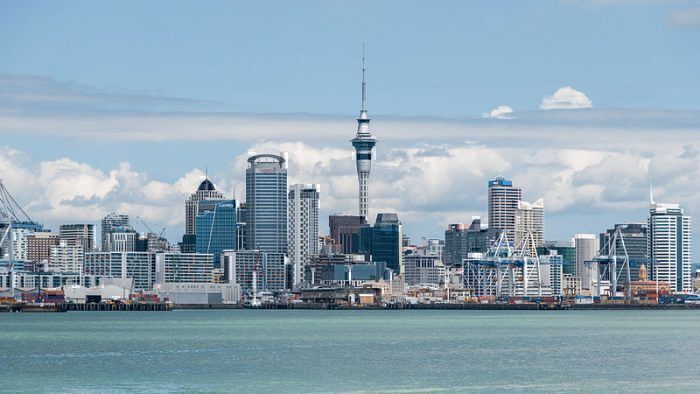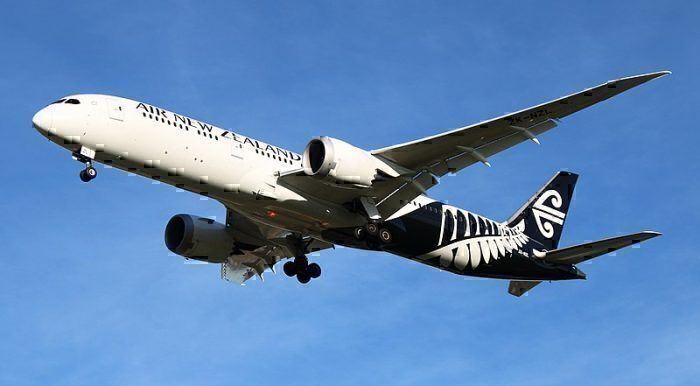Air New Zealand announced its 2018/19 financial results this week. It presented a mixed picture. Air New Zealand’s earnings before interest and taxation of NZD$540 was the second-highest in the airline’s history. But there was also a 31% drop in annual net profit. Net profit in the 2017/18 financial year was NZD$390 million. In the 2018/19 financial year, it was NZD$270 million.
This drop was attributed to higher fuel prices and falling domestic demand. Getting net profits trending upwards again will be a key challenge for incoming interim Air New Zealand CEO, Jeff McDowall.
Air Transport World reports that Air New Zealand will be looking at significant cost savings over the next couple of years to address the challenge.
Let’s take a look at why Air New Zealand’s profits dropped 31%. In addition to the aforementioned higher fuel prices and falling domestic demand, weakness in inbound tourism and problems with the Boeing 787 Rolls Royce engines have also impacted on net profit.
Higher fuel prices
Many of an airline’s operating costs are paid in USD, with leases and fuel being examples. This is fine if your passengers are paying in USD, but can present challenges for airlines like Air New Zealand who charge the bulk of their passengers in their local currency (in this case, NZD) but pay their bills in USD.
The NZD has weakened against the USD in the past 12 months, meaning fuel and leasing costs will rise. Air New Zealand notes that fuel prices rose 28% in the last financial year, costing the airline an extra NZD$191 million.
Falling domestic demand
Domestic travel in New Zealand has grown by 20% In the last five years. Approximately 14 million people took a domestic flight in New Zealand last year. This growth rate is slowing and has impacted on Air New Zealand’s net profits.
The airline could look to cut routes and capacity to rein in some costs. But there remains a need to stimulate growth and gets bums on seats. Kiwi economist, Benje Patterson, reckons this could mean some cheap airfares for local passengers, arguing it would be counterintuitive for Air New Zealand to increase fares.
Weakness in inbound tourism
Tourism is huge in New Zealand. It contributes 6.1% or $15.9 billion to New Zealand’s GDP. Like domestic tourism, the inbound market is slowing off the back of a buoyant few years. On the back of that buoyancy, new airlines have entered the market, meaning more competition for Air New Zealand.
In addition to slightly slowing inbound tourism and increased competition, broader global factors such as threats or perceived threats of economic downturns and security issues can deter people from traveling.
Boeing 787 engine issues
Air New Zealand flies a fleet of Boeing 787-9 Dreamliners. As a reasonably small airline, they were heavily impacted by the Rolls Royce engine issues, at one point having to lease aircraft from Eva and Singapore Airlines. Euro News earlier estimated the cost of the engine issues for Air New Zealand would be in the vicinity of NZD$30-$40 million.
In a statement provided to Simple Flying, Air New Zealand CEO Christopher Luxon said;
"Another important milestone will be the return of our remaining Rolls-Royce engines back into service, which we are expecting to happen in the coming months. This will enable us to bring further reliability back to our flying schedule and to utilise our most efficient aircraft in an optimum way."
The Future
Air New Zealand has done well to turn a profit in the face of a bumpy operating environment. The airline recognizes the challenges it faces and seems prepared to face them. In his statement, Christopher Luxon went on to say,
"We are focused on ensuring that Air New Zealand is fit for the new lower growth environment and part of that involves identifying ways that we can deliver meaningful, sustainable reductions in our cost base. We know we already run a tight ship and that any further cost savings will require exponential effort.”
In twelve months time, when we look at the 2019/2020 Air New Zealand financial results, we’ll be able to judge Air New Zealand’s success in achieving this.



